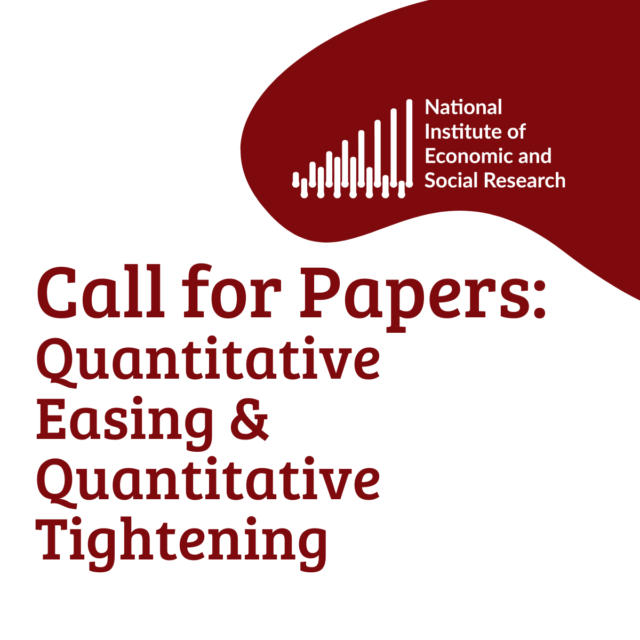- Home
- Publications
- Was The Subprime Crisis Unique? An Analysis Of The Factors That Help Predict Banking Crises In OECD Countries
Was the subprime crisis unique? An analysis of the factors that help predict banking crises in OECD countries
 Pub. Date
Pub. Date
 Pub. Type
Pub. Type
External Authors

Karim, D
Related Themes
Macro-Economic Dynamics and PolicyJEL Code
C52, E58, G21
Paper Category Number
363
We assess whether the subprime crisis was in some way unique or unprecedented by testing for an impact of a set of determinants on the probability of banking crises in OECD countries since 1980. The hypothesis of an exogenous probability of a crisis is not considered in the literature, and we also address it, along with testing for the effect of variables that explain crises in emerging markets. We find that a parsimonious logit model can be estimated for OECD<br />
crises, including the subprime period, featuring bank capital adequacy, liquidity, the current<br />
account and changes in house prices as predictors, thus showing the patterns immediately<br />
preceding the subprime crisis were not unprecedented. Not only was the subprime crisis not unique, it was also predictable using data available five years earlier; our model, even if estimated over 1980-2003, could have helped authorities to forecast the subprime crisis and take appropriate regulatory measures.
Related Blog Posts



Public Debt Sustainability and Fiscal Rules
Stephen Millard
Benjamin Caswell
05 Feb 2024
4 min read

Related Projects
Related News

Call for Papers: Lessons From Quantitative Easing & Quantitative Tightening
09 Feb 2024
1 min read



Related Publications


The Nature of the Inflationary Surprise in Europe and the USA
21 Mar 2024
Discussion Papers

Energy and Climate Policy in a DSGE Model of the United Kingdom
08 Mar 2024
Discussion Papers

Exploring Alternative Data Sources for Household Wealth Statistics
24 Jan 2024
Discussion Papers
Related events

Assessing Cycles and Structural Changes in Markets

Business Conditions Forum

2022 Dow Lecture: The Economy and Policy Trade-Off





